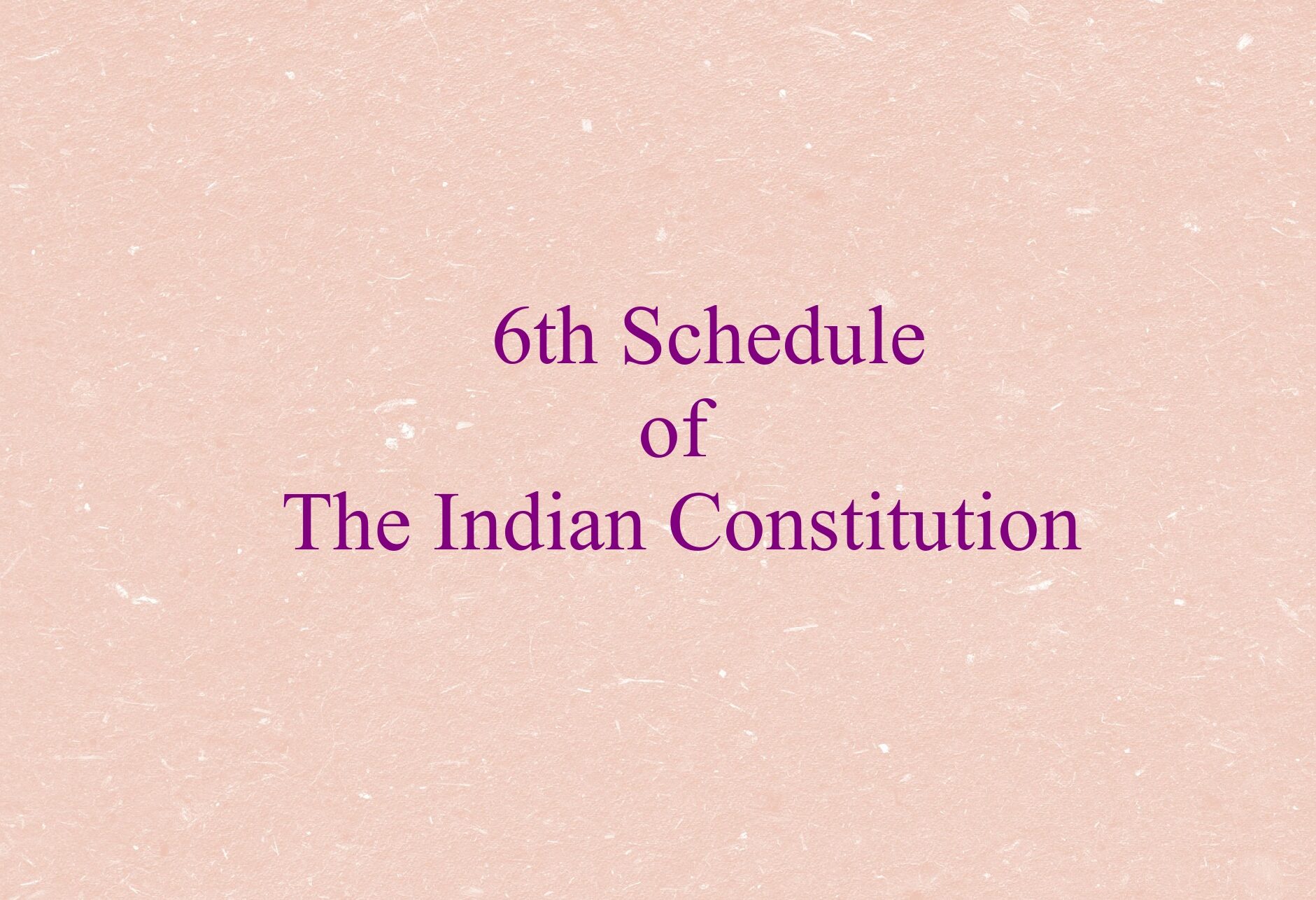Ryotwari System
Contents
A framework that came to be known as the “Ryotwari System” was conceived by Captain Alexander Reed and Sir Thomas Munro toward the finish of the eighteenth century and presented by the last when he was the legislative leader of Madras Presidency (1819–26). It was perceived to be a continuation of the previous state of affairs. The land revenue was paid directly to the state under that same Ryotwari system by the farmers. The peasants or farmers were considered the owners of the land in this system. They had rights of possession, were free to rent, lease, or donate the land. The taxes were collected directly from the peasants by the government.
In 1792, it was first employed by Captain Reed in the Baramahal district of the Tamil Nadu Presidency of Madras. In 51% of British India area, including Madras, Bombay, Eastern Bengal, Assam, and Koorg regions, it had been successful. It was introduced by Elphinstone, Chaplin, and Winget during the presidency of Bombay.
Ryotwari Settlement
Under the Ryotwari settlement framework, the organization perceived mirasidars as the sole owners of the land, excusing inhabitants’ privileges totally. Just in towns where no mirasidars framework existed, were the locals holding perpetual inhabitance rights perceived as landholders answerable for the installment of land income. The effects were more apparent, for example:
- The stockpile side of land expanded and land costs fell Interest rates expanded.
- The rates were high to such an extent that the cultivator was, best case scenario, could pay just revenue.
Ryotwari System was at first presented by Shershah Suri. He had overviewed the whole land underdevelopment of his region and fixed per bigha due based on normal of three rates addressing great, center, and low soils under consistent development (Polaj) and impermanent out of development (Parauti). This normal rate was classified as “Rai” and the cultivator was called Ryot. Akbar initially adopted the Rai system.
This system was the exact opposite of the system of Zamindari. In this scheme, the ownership and ownership were granted to peasants and they would make direct payment to the state 55 percent of the harvest. But the structure was such that everything measured by the government was flawed and exploitative. The unsustainable rate of income thus rendered agriculture unprofitable. Then, the methods of raising revenue were so harsh and restrictive that some money lenders would like the peasants to handover their ryots.
Features of Ryotwari System
- This system proved to be more beneficial, and so it was widely implemented.
- In this system, the Ryots were comparatively more autonomous.
- Revenue was not set so that in case of further output, the government would raise revenue.
- Barren land was under British jurisdiction, it was necessary to perform agricultural activities on these lands and the government had its share of the revenue produced.
- In the event of non-payment of taxes, the property could be seized.
- In this scheme, the lessee was entitled, by giving advance warning, to abandon any property or part of land whose lease is open to them and to be free from providing income for that land.
- The government asserted all the land’s property rights but assigned them to the farmers on the condition that they pay taxes. In other words, a direct partnership between the landholder and the government has been created.
- As long as they pay their taxes, farmers may use, sell, borrow, bequeath, and lease the land. In other words, the Ryotwari scheme granted the landholders exclusive privileges.
- They were evicted if they did not pay taxes,
- Taxes were only fixed for a period of thirty years under a provisional arrangement and later updated.
- The government maintained the freedom to increase land revenue if it wanted to.
Demerits of Ryotwari System
- This system, compared to the Zamindari system, was very expensive.
- the land privileges of ryots were refuted as land income was fixed at a high rate that left them with an absolute minimum sum at hands.
- The government had to know the exact state of land and farmland under this scheme and had to set the tax rate accordingly, which was an extra government task and they had to extend their revenue department for this reason.
- Among the officers serving in this system, corruption soon increased.
- During the appraisal of land by officers, bribery was popular.
- Revenue for other lands was decided on the basis of one estate, and land revenue was set in this case, which was always more than land potential.
Consequences of Ryotwari System
- Farmers needed to pay income in any event, during dry spells and starvations, else they would be expelled.
- A huge number of zamindars have been replaced by a giant zamindar named the East India Company.
- Although the Ryotwari system was aimed at direct Revenue settlement among the farmers and the government, landlordism and tenancy became prevalent over the years. Since textile weavers were unemployed, they began to work for other rich farmers as tenant farmers. Over 2/3 of the fertile land has been rented in several districts.
- Instead of food crops, farmers resorted to growing cash crops because the government insisted on cash revenue. More inputs => more loans and debt required and cash crop.
- Cotton exports fell at the end of the American civil war, but the government did not reduce its profits. As a consequence, most farmers defaulted on loans, and the land was switched from farmers to moneylenders.
Conclusion
Thus, even though Ryotwari System was introduced to reduce the middle man (Zamindar) burden. Its critical nature as high tax collection made the situation, even more, worse than the permanent settlement. Ryotwari settlement was good only for the company to expand its revenue. The introduction of the ryotwari system end the zamindari system but its impact on peasants was very high and they become tenants and landless labor which was one of the major causes of the revolt of 1857 and the peasant movement.








Definitely, what a splendid blog and illuminating posts, I surely will bookmark your site.All the Best!
Thanks , I’ve just been looking for info about this topic for a long time and yours is the best I have came upon till now.
But, what about the bottom line? Are you certain in regards to the supply?
WOW just what I was looking for. Came here by searching for website
Thanks on your marvelous posting! I truly enjoyed reading it, you could be a great author.I will be sure to bookmark your blog
and will often come back later in life. I want to encourage one to continue
your great work, have a nice afternoon!
Thanks for any other informative site. Where else may I am getting that type of information written in such a perfect means?
I have a challenge that I’m simply now operating on, and I have been on the glance out for such information.
I’m not sure where you’re getting your info, but great topic.
I needs to spend some time learning more or understanding more.
Thanks for fantastic information I was looking for this information for my mission.